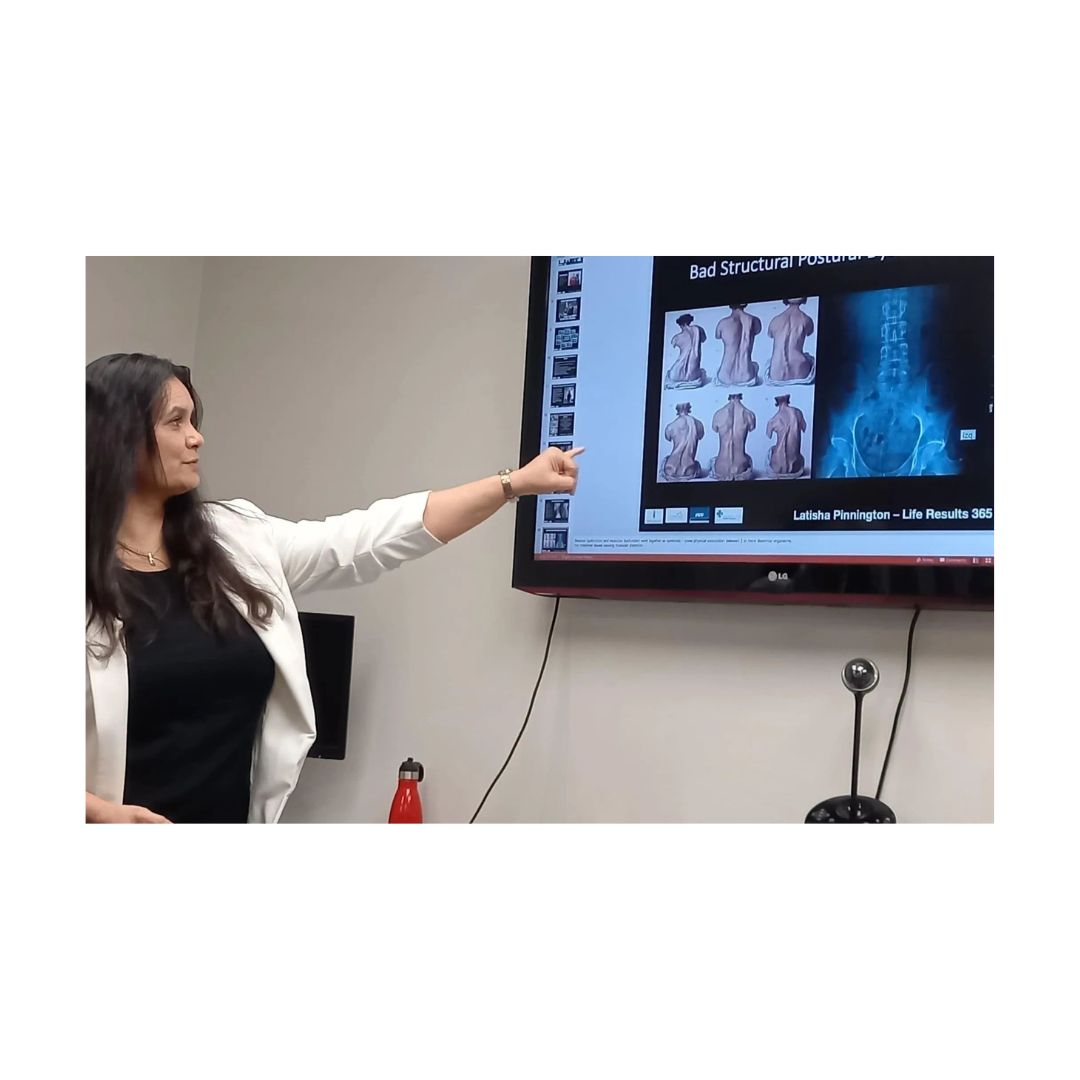"Tension is who you think you should be. Relaxation is who you are."
Around 80% of adults feel pain in the neck or shoulders, often from stress, slouching, or sitting too long. But this pain doesn’t always come from the muscles alone. It can reach deeper into a layer of tissue called fascia. That’s where myofascial release steps in, it helps loosen this tight tissue and ease long-term tension.
In massage therapy, neck pain is one of the most common complaints. The reason? Our heads are heavy, and bad posture only adds pressure. Over time, this tightens the fascia, the tissue that wraps around muscles. When that layer becomes stiff, it causes tension and limits movement.
That’s why myofascial release is getting so much attention. It’s a gentle, hands-on technique that loosens up that fascia. The result? Less tension, better movement, and fewer headaches.
What Is Fascia—and Why Does It Matter?
Fascia is a thin layer of connective tissue. It surrounds your muscles, bones, and organs—almost like a body-wide spider web. When healthy, it moves with your body. When tight, it pulls muscles and nerves in painful directions.
Stress, injuries, or even staying still for too long can cause fascia to tighten. Unlike muscles, it doesn’t respond to quick stretching. It needs slow, steady pressure to release. That’s where myofascial release stands out.
How Myofascial Release Eases Shoulder Tension
1. Restores Natural Movement
Tight fascia around the shoulder blade can make simple tasks, like reaching overhead and feel hard. A skilled therapist uses slow pressure to soften that tissue. This allows your shoulder to move freely again.
2. Reduces Pain Without Pushing Hard
Unlike deep-tissue massage, this method doesn't rely on force. Instead, the therapist feels for tight areas and gently applies pressure. The process is slow, but effective. Many people feel lighter and more relaxed after just one session.
3. Improves Posture Over Time
When shoulder tension eases, your posture improves naturally. Your body no longer fights to stay upright. This reduces strain on the neck, shoulders, and back.
Signs You Might Need Myofascial Release
- Your shoulders feel “stuck” or heavy
- You get tension headaches often
- Pain returns soon after traditional massage
- You sit at a desk for long periods
- You’ve had a past injury that never fully healed
The Link Between Stress and Shoulder Pain
When you’re stressed, your muscles tense up. But more importantly, your fascia tightens too. Unlike muscles, fascia doesn’t always “let go” when stress passes. That tightness lingers, and builds up.
This is why deep breathing during a session helps. It tells the body to relax, which supports the fascia in releasing.
Why Consistency Matters
One session can help, but regular treatments often bring better results. Myofascial release works best when part of a weekly or bi-weekly routine, especially for chronic pain.
Things to Expect During a Session
- Slow pressure over tight spots
- Gentle stretching
- You might feel warmth or a light pulsing
- Most people feel relief, but some feel sore for a day
Combining Myofascial Release with Other Treatments
For best results, combine this method with:
- Posture exercises – Help train your body to sit and stand in a way that reduces tension on your neck and shoulders.
- Gentle stretching at home – Keeps your muscles and fascia loose, making daily movement easier and less painful.
- Hydration to support tissue health – Drinking enough water helps keep fascia soft and flexible.
- Mindful breaks from sitting – Taking short breaks during the day prevents stiffness from building up in your neck and back.
In Closing: Is Myofascial Release Right for You?
If you’ve tried other methods without long-term relief, this approach might offer a new path. Many people with massage therapy shoulder pain issues find it makes a big difference over time. It’s gentle, effective, and doesn’t involve harsh pressure or medications.
Incorporating myofascial release into your routine can help loosen tight areas, improve shoulder movement, and bring lasting comfort. If your massage therapy shoulder pain keeps returning, it may be time to focus on the fascia, not just the muscle.





Comments